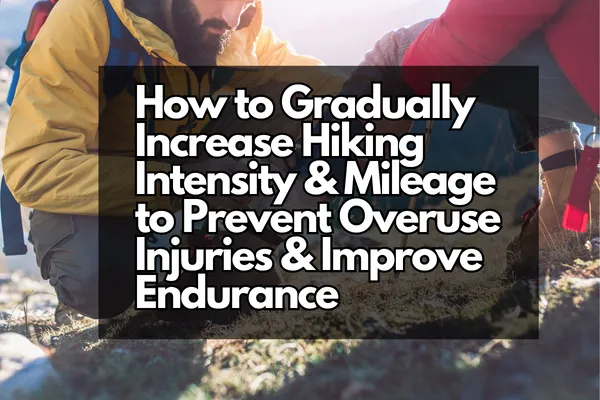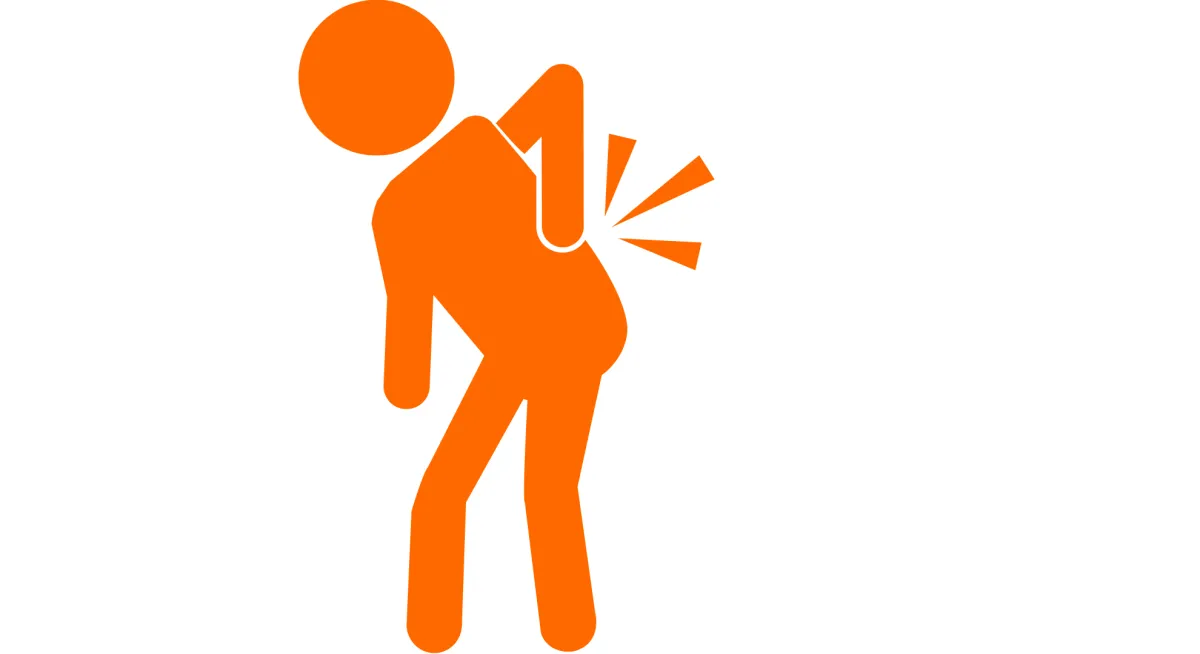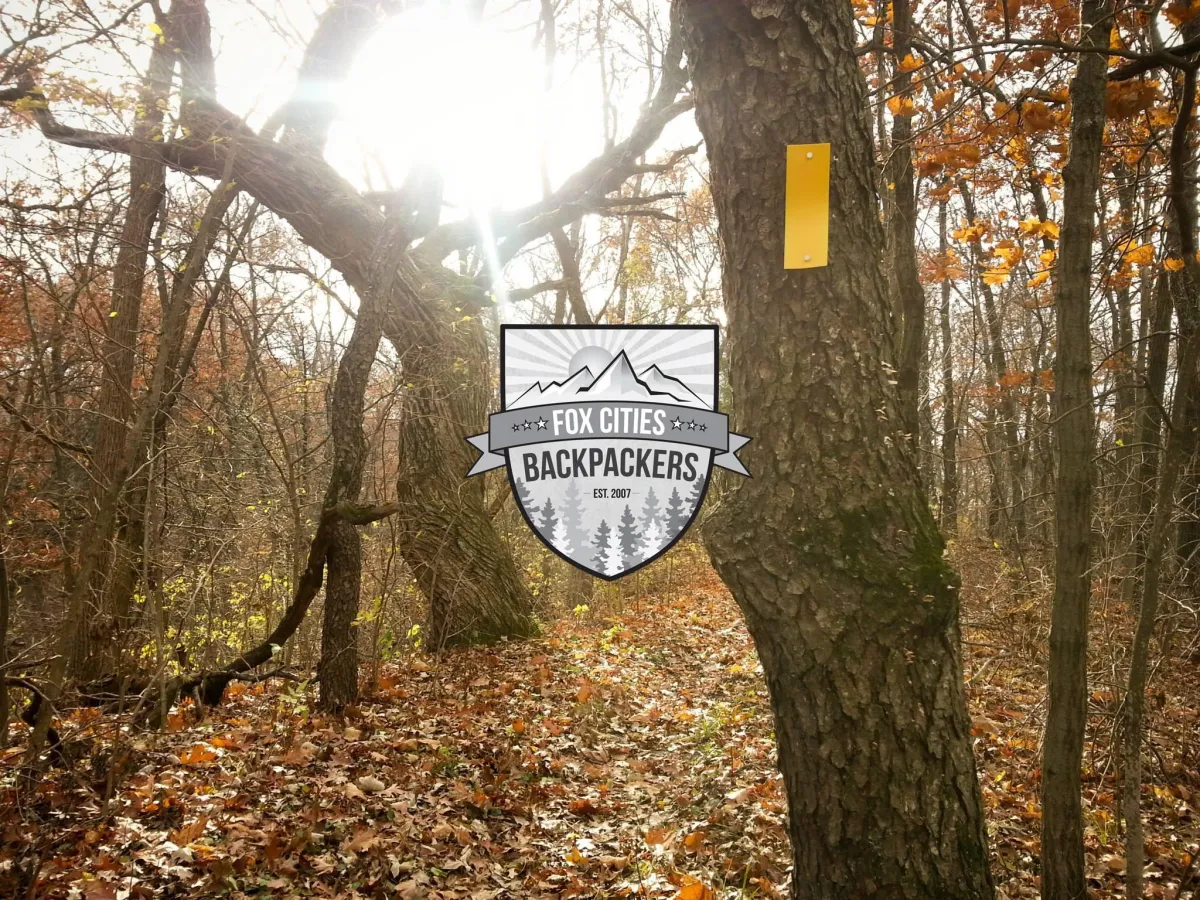Give us a Call
+ (224) 757-0099
Send us a Message
Opening Hours
BY Appointment Only
8AM-6PM Mon, Tues, Thursday
8AM-4PM Tues & Friday
BLOG

How to Gradually Increase Hiking Intensity and Mileage to Prevent Overuse Injuries and Improve Endurance
Introduction:
Hiking is an exhilarating activity that allows us to connect with nature, push our limits, and experience breathtaking landscapes. However, it's important to approach hiking with caution to prevent overuse injuries and build endurance gradually. In this comprehensive guide, we will explore the best strategies for safely increasing hiking intensity and mileage while minimizing the risk of injuries. By following these expert-backed techniques, you can embark on longer and more challenging hikes while enhancing your overall hiking performance. Let's dive in!

With that said, here are 6 ways you can safely prevent overuse injuries and improve endurance for hiking!
1. Start Slow and Build a Foundation
When it comes to hiking, patience is key. Begin by setting realistic goals and gradually increase your hiking intensity and mileage over time. Start with shorter, easier hikes to build a solid foundation of endurance, strength, and cardiovascular fitness. This approach allows your body to adapt to the demands of hiking and minimizes the risk of overuse injuries. Choose trials in your local area that first have your desired mileage without any or minimal elevation gain. Once you have successfully and comfortable done this a few times either do more mileage or start to add elevation changes. Ideally find someone experienced in your area and ask for their advice about the trails or use apps such as ALLTRAILS.
The distances of the hikes that you choose to complete in the beginning are dependent on your baseline cardiovascular endurance and the region at which you live. If you live in very mountainous terrain start with walking on the pavement and justice try to accomplish your distance goals. If you live in the Midwest or flatter regions you can be less concerned with the elevation. (But still consider it)
2. Focus on Strength & Conditioning
This step is often neglected and this is where injuries come in. Incorporating strength and conditioning exercises into your routine is crucial for hiking success. Strong muscles provide stability, power, and cardiovascular/strength reserve necessary to reduce the risk of strains, and enhance overall endurance. Target key muscle groups such as the legs, core, and back through exercises like squats, lunges, planks, and rows. Cross-training activities like swimming or cycling can also improve cardiovascular fitness and strengthen supporting muscles.
3. Gradually Increase Distance & Elevation
To prevent overuse injuries, it's essential to increase hiking distance and elevation gradually. Aim to add no more than 10-20% to your total distance or elevation gain each week. Usually I recommend 10%. This incremental approach allows your body to adapt, build endurance, and avoid overloading muscles, tendons, and joints. Monitor your progress and listen to your body's signals to prevent pushing yourself too hard too soon. If you find that you are struggling with that current distance or elevation change continue with that intensity until it is comfortable, then you may continue by increasing intensity.
4.Prioritize Rest & Recovery
Rest and recovery are just as important as training itself. Adequate rest allows your body to repair and rebuild, reducing the risk of overuse injuries. Incorporate rest days into your hiking schedule and listen to your body when it needs a break. During rest days, focus on active recovery techniques such as gentle stretching, foam rolling, and low-impact exercises to promote circulation and alleviate muscle soreness.
5. Pay Attention to Nutrition & Hydration
Proper nutrition and hydration are essential for sustaining energy and enhancing endurance on the trails. Opt for a balanced diet rich in complex carbohydrates, lean proteins, and healthy fats. Stay hydrated before, during, and after hikes to prevent dehydration and cramping. Consider bringing energy-boosting snacks and electrolyte supplements to replenish vital nutrients during longer hikes.
6. Practice In Proper Gear & Footwear
Investing in appropriate gear and footwear is crucial for preventing overuse injuries and maximizing hiking performance. Choose footwear that provides proper support, traction, and protection for the terrain you'll be hiking. Consider using hiking poles to distribute weight and reduce stress on joints. Additionally, wear moisture-wicking clothing and layers appropriate for the weather conditions to stay comfortable and avoid overheating or hypothermia. Compression socks also help with pain and swelling management & increase exercise tolerance.
Conclusion:
By following these best strategies for gradually increasing hiking intensity and mileage, you can prevent overuse injuries, improve endurance, and unlock new levels of hiking enjoyment. Remember to start slowly, prioritize strength and conditioning, gradually increase distance and elevation, and allow for adequate rest and recovery. Pay attention to your nutrition and hydration, and invest in appropriate gear and footwear. With patience and perseverance, you'll be able to conquer longer and more challenging hikes while minimizing the risk of injuries. Lace up your boots, embrace the trails, and enjoy the wonders of hiking!
GET STARTED
Where Would You Like To Start?

Pain Solutions
Get expert advice to identify the root cause of your pain & eliminate it for good!

Performance Training
Get expert training advice to help you improve strength, endurance, and resiliency for your next adventure

Top Gear Picks
Find the best gear picks for any adventure all in one place. No more tirelessly searching 20+ websites for impartial reviews
NICE TO MEET YOU
I'm Dr. Jake Giese PT, DPT
I believe that people deserve solutions to pain/problems not just quick fixes...
Our healthcare system these days is full of just treating symptoms and slapping a band aid problems without thorough evaluations, passing out medications like candy, and providing unnecessary injections and surgery.
I help people find the root of the problem and fix it.
I believe with the right education, guidance, and support everyone can live their best life without or with minimal pain.
I too, once was struggling with neck/back and nerve pain with numbness and tingling and used the solutions in my products to solve my pain, sleep better, and get back to my "normal life" and train for my hiking, rock climbing, and other outdoor adventures.
Let's all LIVE OUR BEST LIFE together!

Testimonial:
"Before seeing Dr. Jake, I thought I needed surgery for the numbness going down my left leg. Even after months of going to the chiropractor, I still had numbness. The first thing Dr. Jake told me was that I don't need surgery and he can help. After 1 visit with Dr. Jake, I had significant reductions in my numbness and tingling. I even felt like I could breath again""
- Shawn Pollack
Have More Questions? Schedule a Free 15 Min Consultation
Trusted By These Communities






Location
1033 Progress Dr. Grayslake IL 60030
OR Anywhere online
Give us a Call
+1 (224)-757-0099
Send us a Message
© Copyright 2022 Flex Forward Physical Therapy & Wellness LLC| All Rights Reserved







